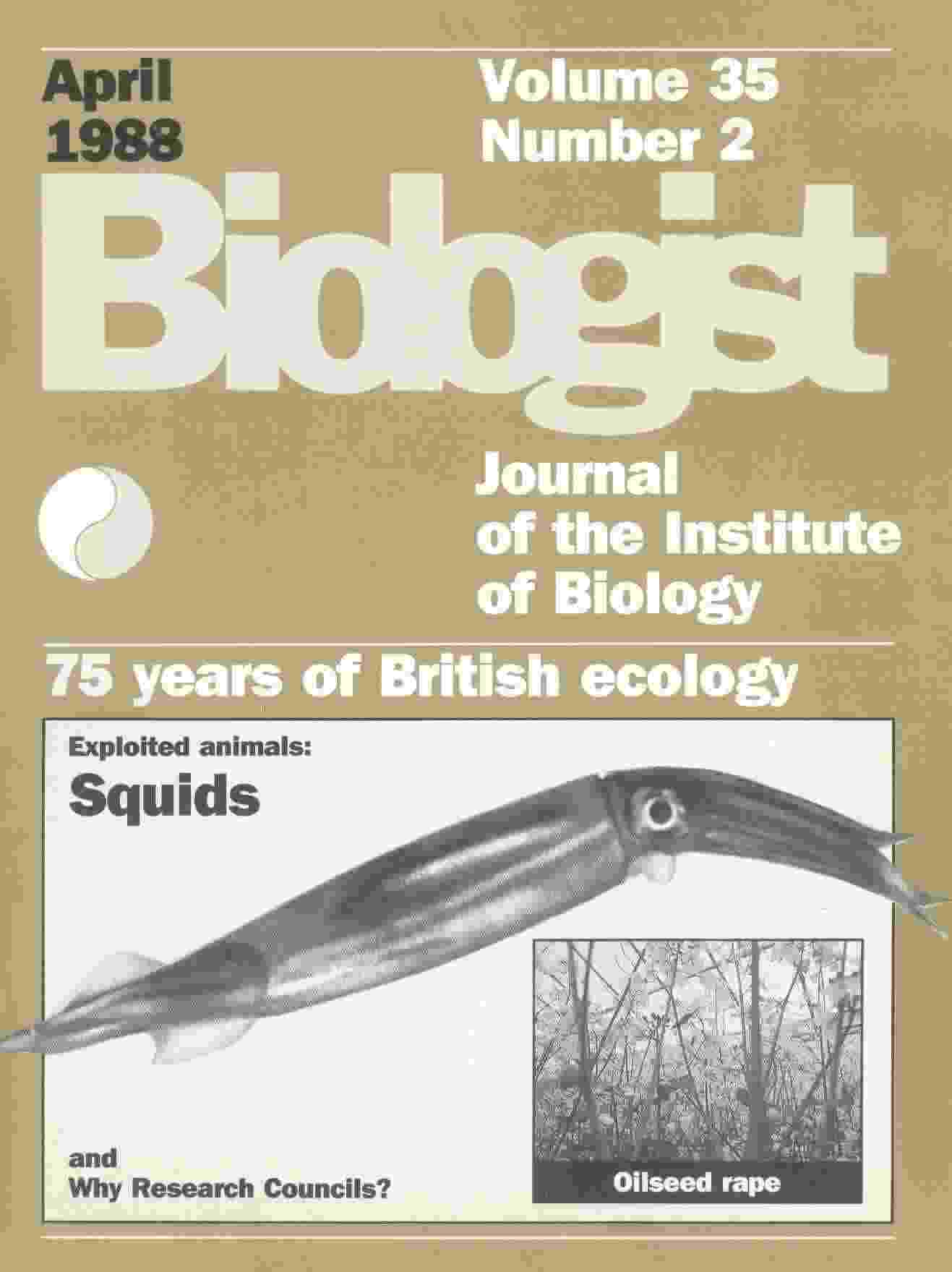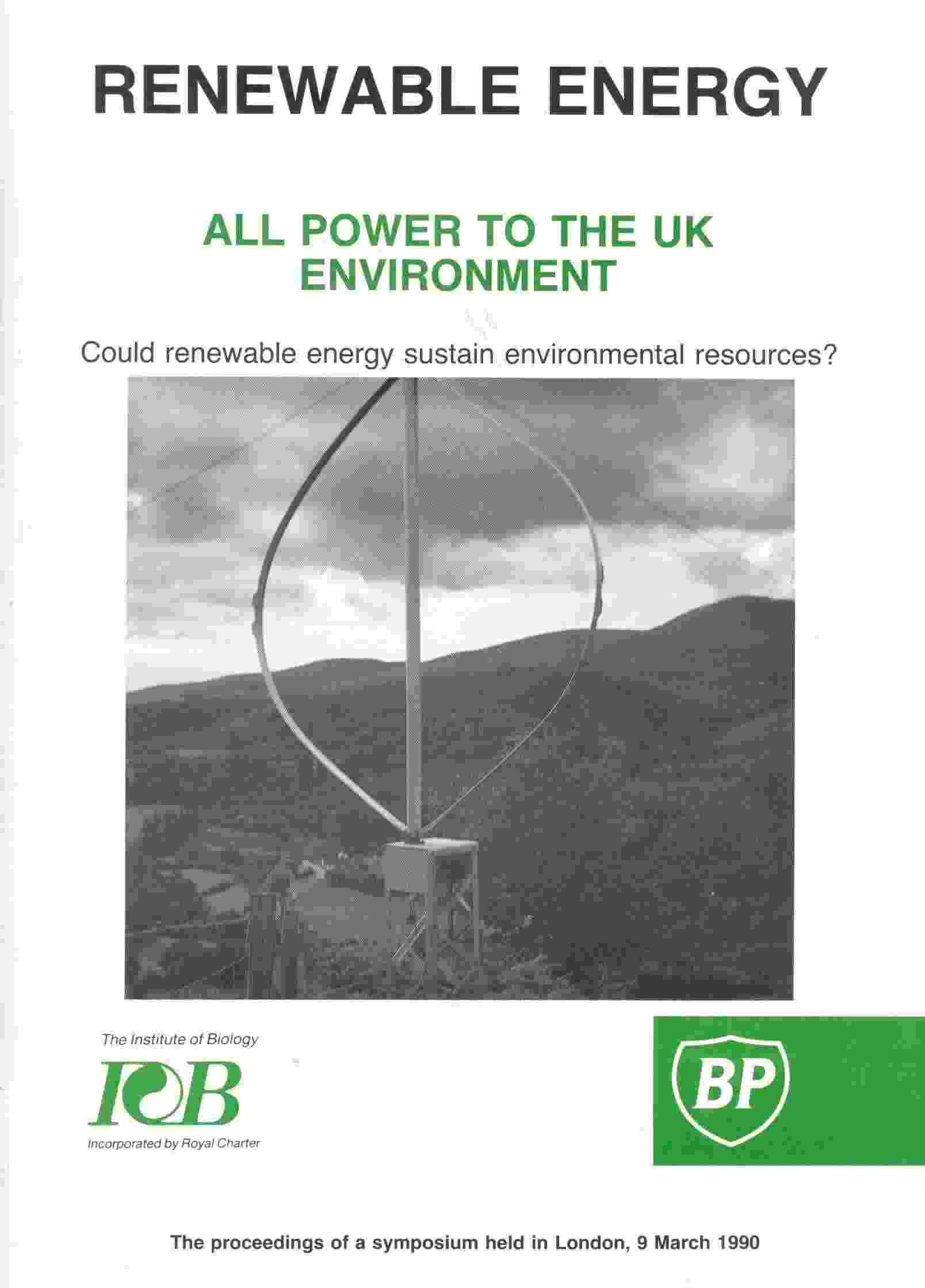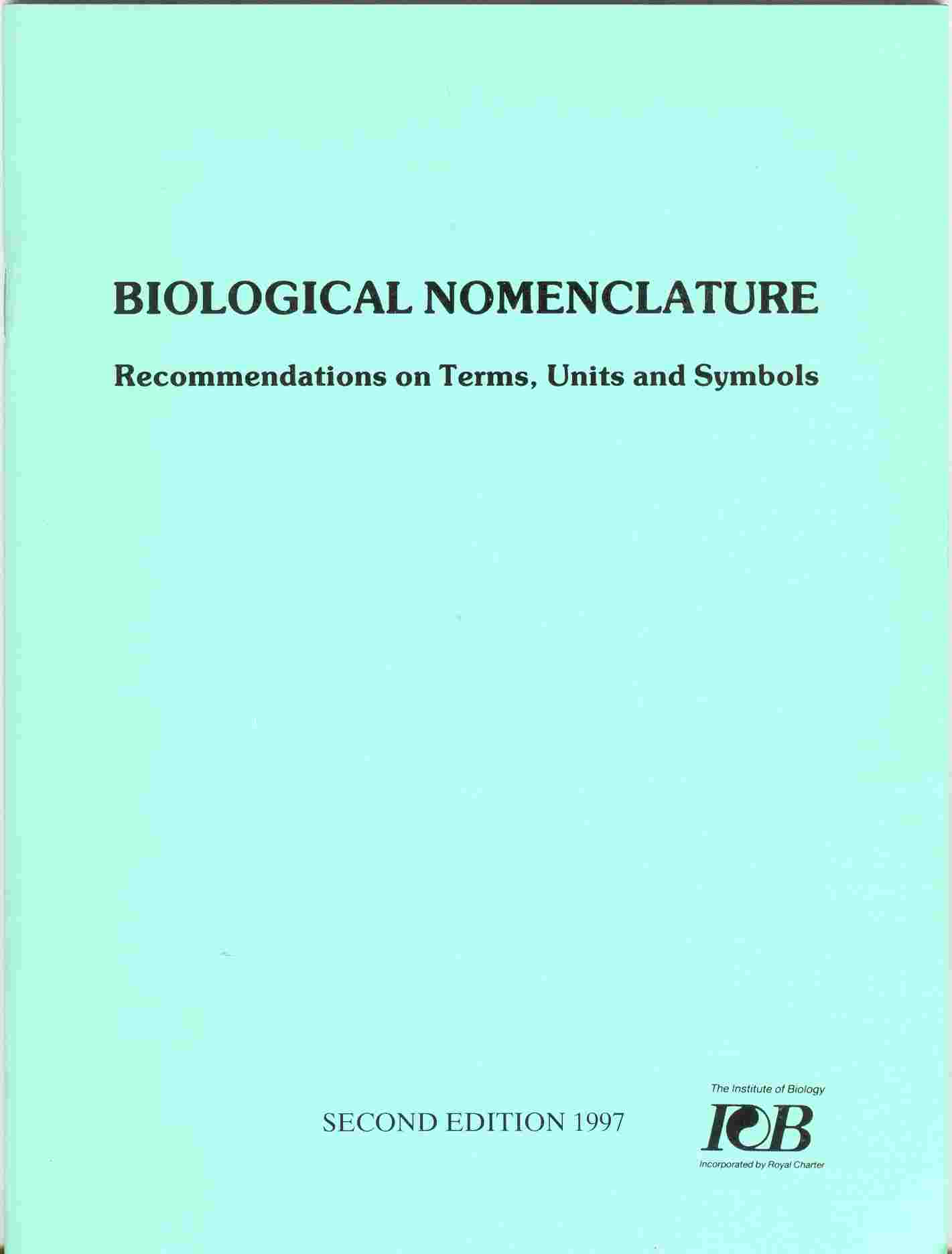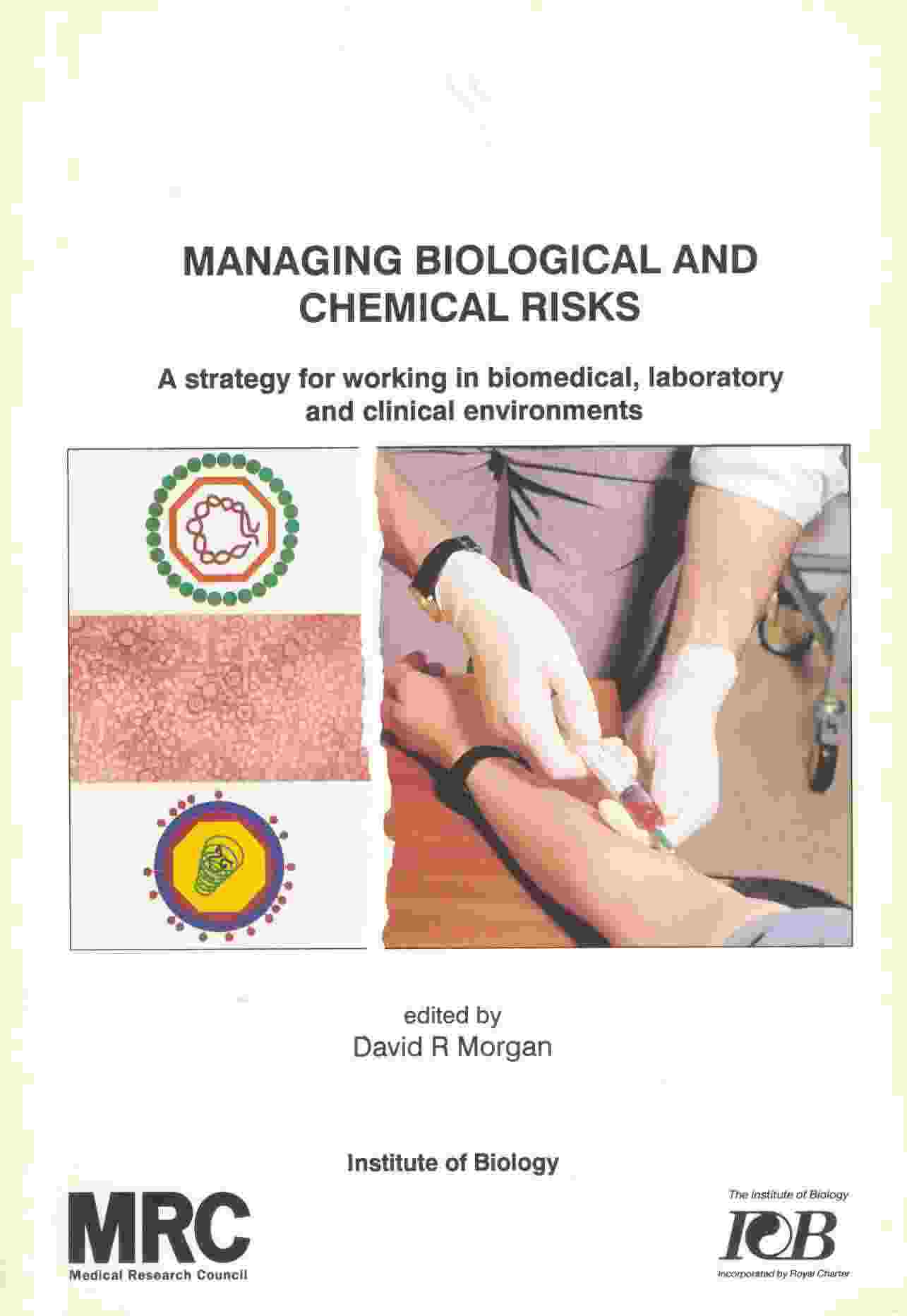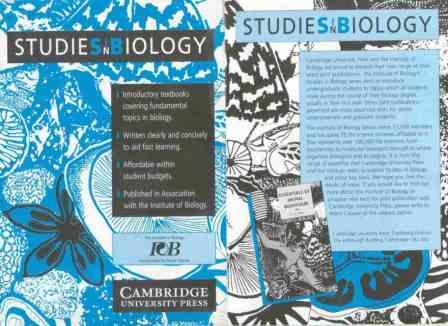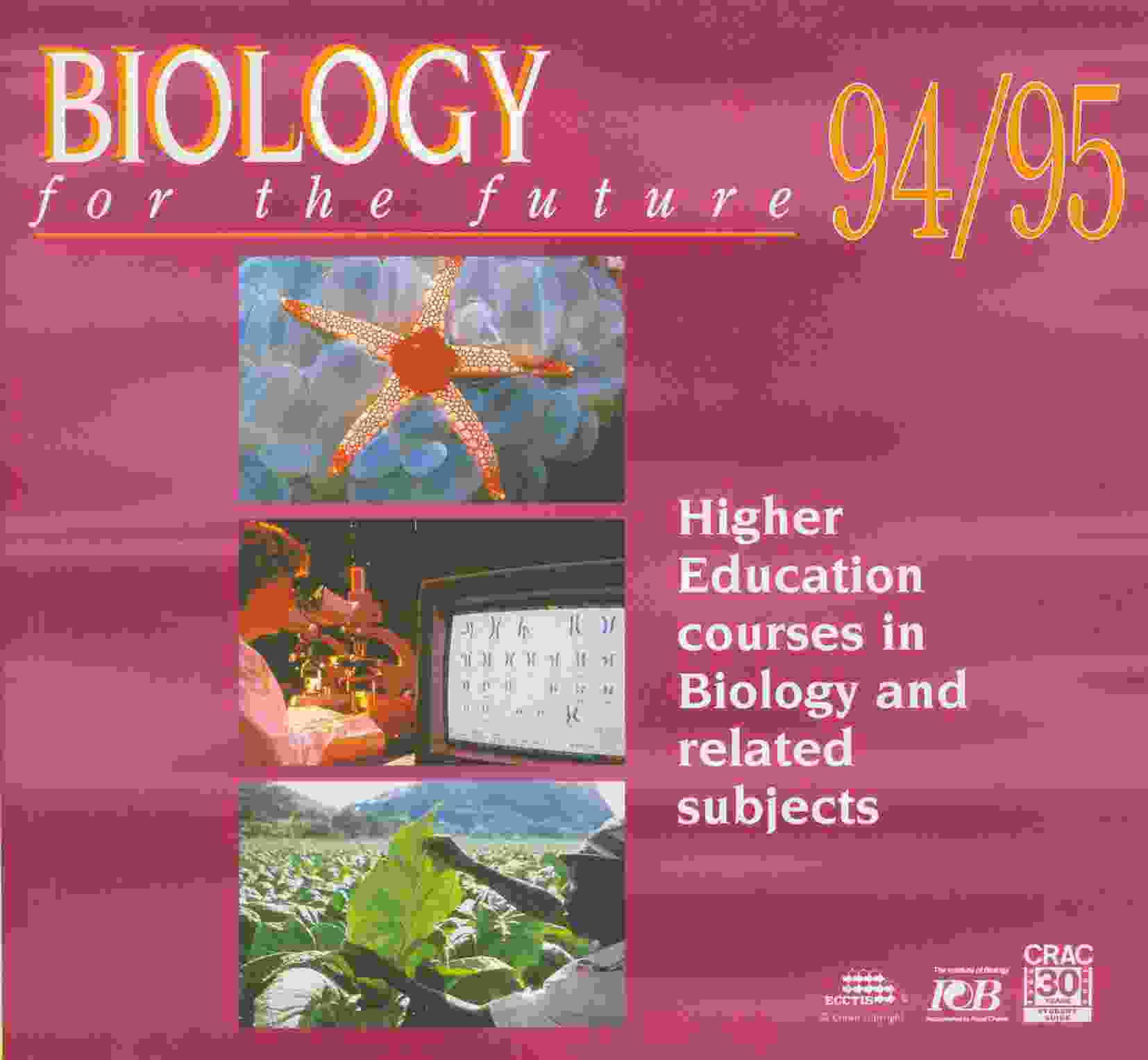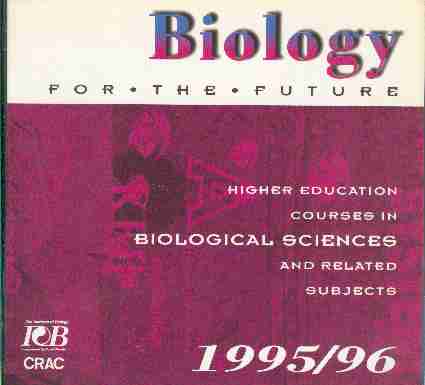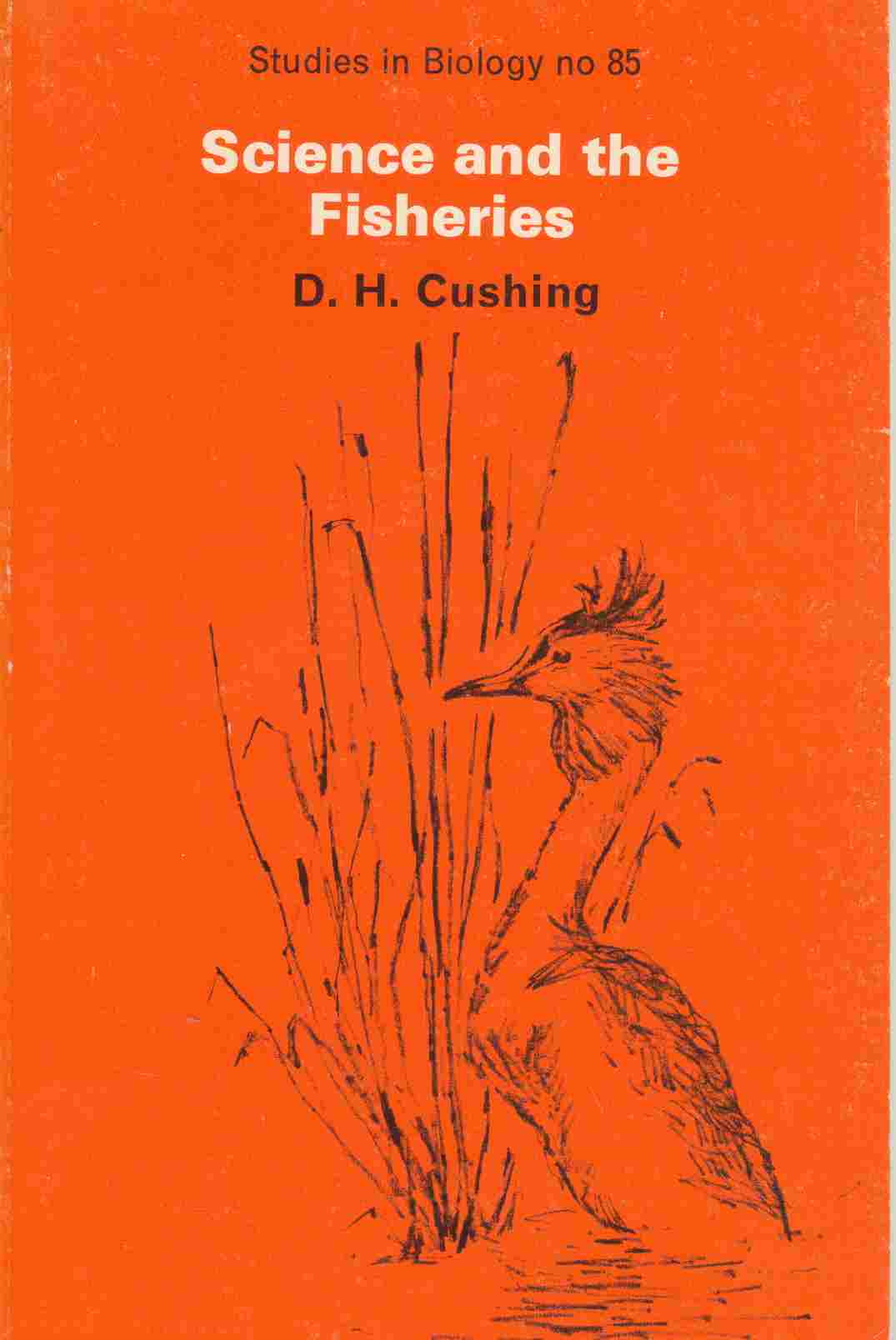|
Having covered school pupils needs, then those entering university, the next logical step was to cater for those choosing postgraduate degrees. In 1995 for a couple of years the Institute produced postgrad course guides with Westlake Publishing but the specialist market required greater scales of economy. So from the late 1990s to 2003 postgrad guides were published with Hobsons alongside their undergraduate counterparts.
Qualified biologists needed publications too. Having the JBE journal and careers publications meant that publications for biology teachers was a market to which the Institute already had ready access. Starting as Publications Manager back in 1988 it was a little dispiriting to learn that there was no seed money for new titles. Yet on joining the Institute, and having addressed the immediate publishing challenges, the next big step forward was to produce some quality books. Being informed that anything was allowed provided that the seed budget was "a nice round figure of nought pounds, nought pence", co-publishing a title with another learned body seemed the obvious move. Having come from the British Medical Association the easy option would have been to embark on a venture with the BMA. As it happened the Institute's education and biomedical sciences wings were organising a symposium on AIDS in education (ironically co-chaired by a former colleague the then Assistant Head of Scientific Affairs at the BMA) and they were keen to have the proceedings published. And so an approach was made to the Royal Society of Medicine who agreed to cover the production costs provided that all the income (less distribution costs) went to them until the production cost was met: thereafter the surplus was split equally. The RSM would also handle the production edit leaving the IoB to take care of securing the papers and checking the science (and, of course, running the symposia). It worked and a 2,000 print run of AIDS: A Challenge in Education (1990) sold out within 18 months (which is not bad as proceedings usually only sell a few hundred copies to those attending).
Producing books in-house was the next challenge. Here symposia proceedings were a logical step. Another logical step was to produce books based on updated and expanded versions of booklets the IoB had historically produced. Here one success was Safety in Biological Fieldwork. Another (that was to ultimately run to four revised editions) was Biological Nomenclature, two of which were produced in this early period. And so over the rest of the decade a couple of titles a year were produced in-house. Nearly all made a surplus (only a couple did not quite break even), so providing the Institute with a small but meaningful, as well as steady, income stream (above production and overheads) not to mention getting the Institute's name out on the covers of thousands of books. In addition the Institute symposia would contribute to Institute science policy through to 2003.
Science text books that could be bought in shops (remember this was before the internet) was one key goal. Here the Institute already had a market presence having previously the famous 'Studies in Biology' series in 1966: 'famous' because anyone studying biology in Britain at A-level school level through to university between the late 1960s through to the early 1980s would have been aware of this series of booklets. The IoB awarded the production contract with the publishers Edward Arnold. The booklets were only about 60 pages long but ultimately covered a range of 149 topics: so virtually all British biologists owned a number of the titles and quite a few collected the set. If you are a British biologist of a certain age you will easily recognise the books' distinctive covers with the same line drawing of a grebe waterfowl alongside freshwater reeds.
The 'Studies in Biology' series in the late 1980s was going through considerable changes. Book publishing economics was changing and also biology itself was changing. On the publishing front it was no longer economic to have the standard unit overhead charge associated with a small (hence low-priced) title. Meanwhile biology in the 1970s and 1980s was expanding from its whole-organism base of the early 20th century into micro and molecular biology, and so the market for the traditional topics were getting smaller as the number of specialist areas increased. So Edward Arnold created (1988) 'New Studies in Biology' which were larger format (120 – 150 pages) but fewer in number: a dozen or so titles covering the really core areas. But there was worse to come. The early 1990s saw British publishing go through its night of the long knives with the cessation of the UK book trade's NET agreement and this resulted in a number of hostile publisher takeovers. And so the Institute's series moved first from Edward Arnold to Chapman & Hall and then ultimately to Cambridge University Press but back with its old 'Studies in Biology' title and with a nifty new look. Looking back, the amazing thing seems to have been that at each stage new titles were commissioned and published with the commissioning split between the publisher and Institute, though the Institute retained its controlling veto. (After 2003 responsibility for the series resided with the Institute's senior manager.)
| 